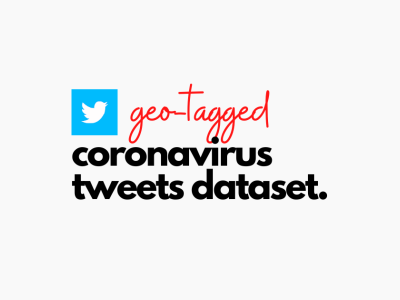Datatset of human gaze, environmental point clounds and RGB images during indoor locomotion

- Citation Author(s):
- Submitted by:
- Minhan Li
- Last updated:
- DOI:
- 10.21227/rgd8-2r66
 269 views
269 views
- Categories:
Abstract
This is the data for the paper "Fusion of Human Gaze and Machine Vision for Predicting Intended Locomotion Mode" published on IEEE Transactions on Neural Systems and Rehabilitation Engineering, 2022.
Instructions:
The uploaded dataset.zip contains two types of data, RGB scene images with gaze locations embedded and point clouds. They are under two separate folders, the Gaze Embedded Scene Images folder, and the Point Clouds folder.
1. The Gaze Embedded Scene Images folder has 12 subfolders numbered from 01 to 12, and each subfolder contains eye-tracker data collected in a continuous session.
Each subfolder has a folder of RGB images and a gaze_and_label.mat file (can be opened by MATLAB), which logged gaze locations and labeled gaze-attended terrains.
The images are of width 960 pixels and height 540 pixels. The green dot displayed on each RGB image indicates the gaze location captured by eye-tracker glasses.
The labeled terrains and gaze locations are stored by an N*1 cell (namely terrains) and an N*2 numeric array (namely gazes) respectively in the .mat file, where N is the number of samples and it is the same as the amount of RGB images.
The gaze locations and labeled terrains are stored in the same order as their corresponding images.
There are seven categories of labels in terrains, including level (level ground), upstairs, downstairs, upramp, downramp, noise and undefined. The latter two categories were not used for training and can be discarded.
Each row of gazes consists of two values, representing the pixel offset of the gaze location with respect to the leftmost and uppermost pixels, respectively, of the corresponding image.
2. The Point Clouds folder has 10 subfolders numbered from 0 to 9, and each subfolder contains depth camera data collected in a continuous session.
Each subfolder has a folder of .pcd data and a label.mat file.
The labeled terrains are stored by an N*1 cell (namely terrains), where N is the number of samples and it is the same as the amount of .pcd data contained in the subfolder.
There are seven categories of labels in terrains, including level (level ground), upstairs, downstairs, upramp, downramp, noise, and undefined. The latter two categories were not used for training and can be discarded.







